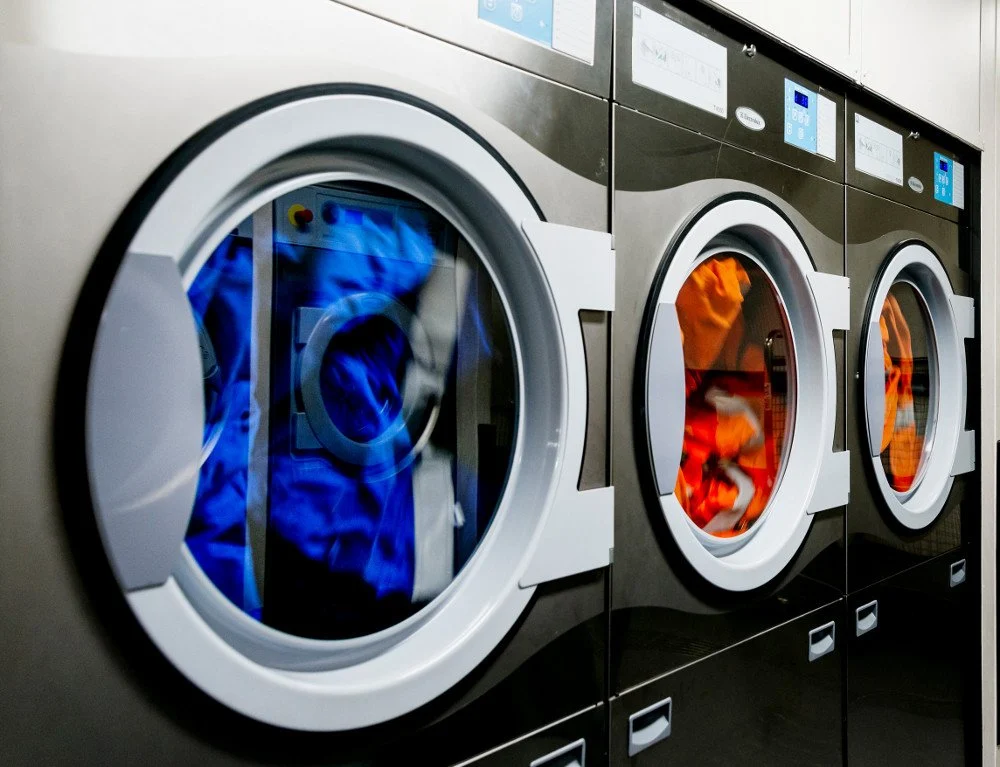
How Do Dry Cleaning Work
admin
- 0
Do you ever wonder how your clothes get so clean and look brand new after a trip to the dry cleaner? Have you ever wondered what goes on behind the scenes of dry cleaning? If so, this article has all the answers! Dry cleaning is a common method for cleaning clothes, but it can be difficult to understand how it works.
The Dry Cleaning Process
Dry cleaning is a process that cleans delicate fabrics without using water. Instead, it uses a chemical solvent to remove stains and dirt from your clothes. The dry cleaning process typically begins with an inspection of the garment to determine what kind of fabric it is made of and whether there are any stains or tears that need to be addressed. Home beauty fix has the best services in dry cleaning. Once the garment has been inspected, it is pre-treated with a solution designed to break down any stains or dirt. Then, the garment is loaded into a special machine called a dry cleaning machine. This machine looks like a large washing machine but uses solvents instead of water to clean the clothes.
Inside the dry cleaning machine, the solvent circulates through the clothes while tumbling them around gently. This helps to lift away any remaining dirt or stains. Once the cycle is complete, your clothes are removed from the dry cleaning machine and inspected again before being pressed and finished by hand.
Types of Solvents Used in Dry Cleaning
Dry cleaning is a process of cleaning clothes and fabrics using solvents instead of water. The solvents used in dry cleaning have low surface tension and dissolve oils, dirt, and other impurities from the fabric. There are various types of solvents used in dry cleaning, each with its own set of advantages and disadvantages.
The most commonly used solvent is perchloroethylene or “perc.” It has excellent cleaning properties and can effectively remove stains from fabrics without causing any shrinkage or damage to the material. However, perc is also a harmful chemical that poses a risk to both human health and the environment.
Another popular solvent is a hydrocarbon. This type of solvent is less harmful than perc but still requires careful handling due to its flammability. Hydrocarbon works by breaking down oil-based stains on fabrics.
Silicone-based solvents are becoming more popular because they are environmentally friendly and gentle on fabrics. They work by absorbing dirt particles onto their surface, lifting them away from the fabric without damaging it.
In conclusion, choosing the right solvent for dry cleaning depends on several factors like cost-effectiveness, environmental impact, safety concerns, etc., which should be taken into account while selecting one for your needs.
Conclusion
In conclusion, choosing professional dry cleaners has numerous benefits for your clothes and overall well-being. Firstly, professional dry cleaning uses advanced technology and equipment that can rid your garments of tough stains and dirt that regular laundry machines can’t handle. This ensures your clothes look fresh and clean, extending their lifespan.
Secondly, the use of non-toxic solvents in dry cleaning helps eliminate any allergens or bacteria from your clothes, which is especially important for individuals with sensitive skin or allergies. Moreover, it eliminates any unpleasant odors that may have been trapped in the fibers of your garments.
Lastly, using professional dry cleaners saves you time and energy since they take care of everything from sorting to ironing. You can simply drop off your clothes at the facility and pick them up looking as good as new. With these benefits in mind, it’s clear that professional dry cleaning is a smart investment for anyone who wants to keep their wardrobe looking great while maintaining good hygiene practices.

